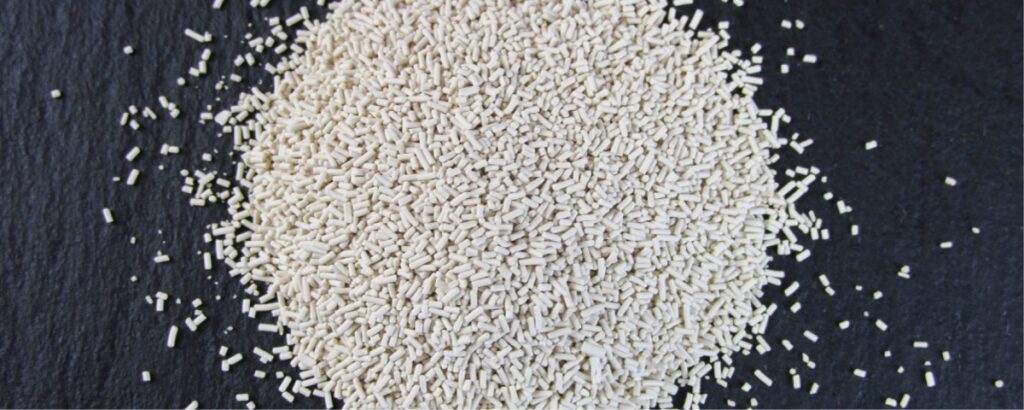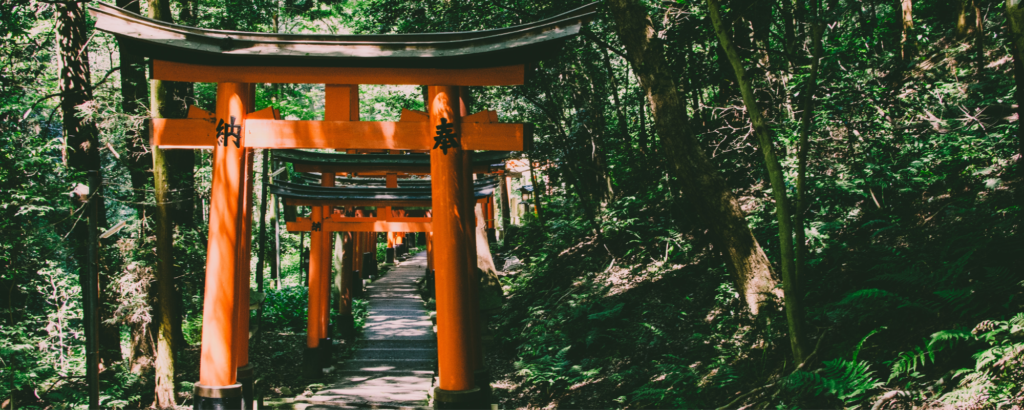
Sake
Local Kobo: zoom-in on the Kyoto Kobo
If you are familiar with the basic steps of Sake production, you are probably already aware of the fact that Kobo is an essential item in Sake making. Kobo causes fermentation of alcohol, and produces an important element of Sake, scent. This is why Kobo is called base “Moto (元)” of Sake. Some Kobo is managed locally, thus the local Kobo is only available in that specific region and contribute to the creation of unique flavour of Sake.
In this article I focus on Kyoto Kobo, one of the most well-known local Kobo in Japan.
Contents
What is local Kobo?

Kobo is rarely grown or self-maintained by breweries. In fact, for most of the cases Kobo is cultivated by the Brewing Society of Japan(日本醸造協会) and distributed to Sake breweries across Japan. Historically, this management of Kobo contributed to the stabilization and improvement of brewing methods among the breweries.
These days the production technic has been well-stabilized and most of the breweries have almost no problem producing Sake above a certain level of quality. Therefore, what adds extra value is the brand with localness as represented by Geographical Indication, GI. Not only water and rice but Koji also adds local characters to Sake. Some Kobo has a large impact in transforming the quality, namely, aroma of Sake, and fermentation conditions need to be taken into account when selecting Kobo. Kyoto Kobo has been cultivated to match the characteristics to produce their Sake specifically in Kyoto.
History of Kyoto Kobo

Kyoto Kobo has been developed by Kyoto Municipal Institute of Industrial Technology and Culture (京都市産業技術研究所) since 1960s. The Kobo was distributed to the breweries inside Kyoto city over the time. More than 100 types of Kobo has been repeatedly selected and analyzed over 50 years to reach the current form of Kyoto Kobo. Currently there are 5 different Kobo under the umbrella of Kyoto Kobo. Eligible breweries can receive Kobo that is suitable to express the quality and style of their product.
Characteristics of Kyoto Kobo

5 types of Kyoto Kobo currently available are as follows:
Kyo-no-koto (京の琴)
The Kyo-no-koto kobo forms ethyl caproate(=ethyl hexanoate) that emits the aroma of green apples. It makes fresh Ginjo style Sake.
Kyo-no-hana (京の華)
The Kyo-no-hana Kobo produces isoamyl acetate that features sweet aroma of bananas. Sake with this Kobo ends up in rich Ginjo style.
Kyo-no-saku (京の咲)
The Kyo-no-saku Kobo helps the formation of malic acid, a type of organic acid, forming a refreshing acidity
Kyo-no-haku (京の珀)
The Kyo-no-haku Kobo produces Kohaku acid, one of the Umami compositions.
Kyo-no-koi(京の恋)
The Kyo-no-koi Kobo produces ethyl caproate (=ethyl hexanoate) and Isoamyl acetate as well as malic acid.
Sake made from these Kyoto Kobo expresses its originality by providing different aroma and flavours. Thus the serving temperatures, pairing options, types of glasses and even the drinking occasions can vary as a result of different use of Kobo. That implies the possibilities of expanding the variety of Sake by using different Kobo.
In fact, Kyoto is not the only location that cultivates local Kobo. There exist a number of local Kobo in Japan. The selection of Kobo is often considered as part of special technics of Toji, mater of Sake making, therefore the name of Kobo is rarely disclosed to keep the secret recipe of Sake. Nevertheless, Sake made with local Kobo is often exception from the norm since the breweries would love to promote its local Kobo to express its uniqueness and use it as a promotional catch. If you have a chance to check Sake bottles, pay attention whether there is a reference to Kobo. If the Sake is made from one of the local Kobo, you may find a specific name of Kobo on the bottle.
ikki is looking for a partner who can post your knowledge or activity on our media. If you are interested please contact us through CONTACT page.







